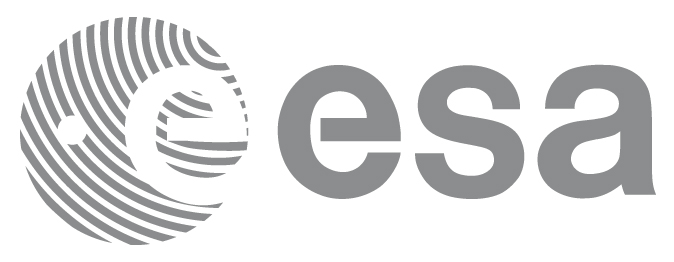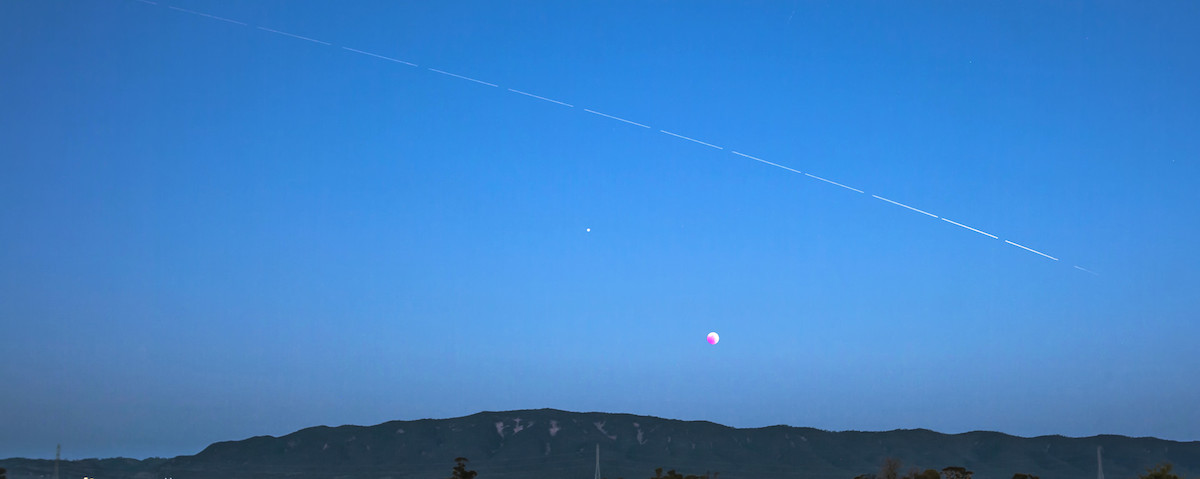ESA’s Terrae Novae, also known as European Exploration Envelope Programme (E3P), integrates ESA’s space exploration ambitions in three destinations: Low Earth Orbit (LEO), Moon and Mars into a single and unique programme. The mission of Terrae Novae is to expand Europe’s human presence into the Solar System using robotic missions as precursors, with the horizon goal of human Mars exploration; and to do this for science, economic benefits, to promote global cooperation and inspire generations to come.
The new name of the programme – Terrae Novae (‘new worlds’) evokes the spirit of new discoveries, new ambitions, new science, new inspiration, and new challenges. Exploring space is about travelling farther and coming back with new experiences and knowledge to help us on Earth.Terrae Novae is an ambitious, affordable programme with four key goals for the coming decade using the International Space Station (ISS) as a platform for out-of-this-world research and as a proving ground for space technology.
ESA’s future for Human and Robotic Exploration (HRE) is a sustainable and international endeavour to visit new places and discover new things. With the goal for the first Europeans to travel beyond Earth’s orbit, and the first European on the Moon, we are heading towards the Moon with a Lunar Gateway and the Orion spacecraft in collaboration with partner space agencies. Looking further ahead we are set to search for life on Mars with the ExoMars2022 rover and for the first round-trip to Mars to return samples to be analysed in European laboratories for decades to come.

ESA’s future for human spaceflight and robotic exploration is a sustainable and international endeavour to visit new places and discover new things. Exploring space is about travelling further and coming back with new experiences and knowledge to help us on Earth. ESA is working closely with international partners and commercial companies to ensure exploration of our Solar System is sustainable and peaceful.







